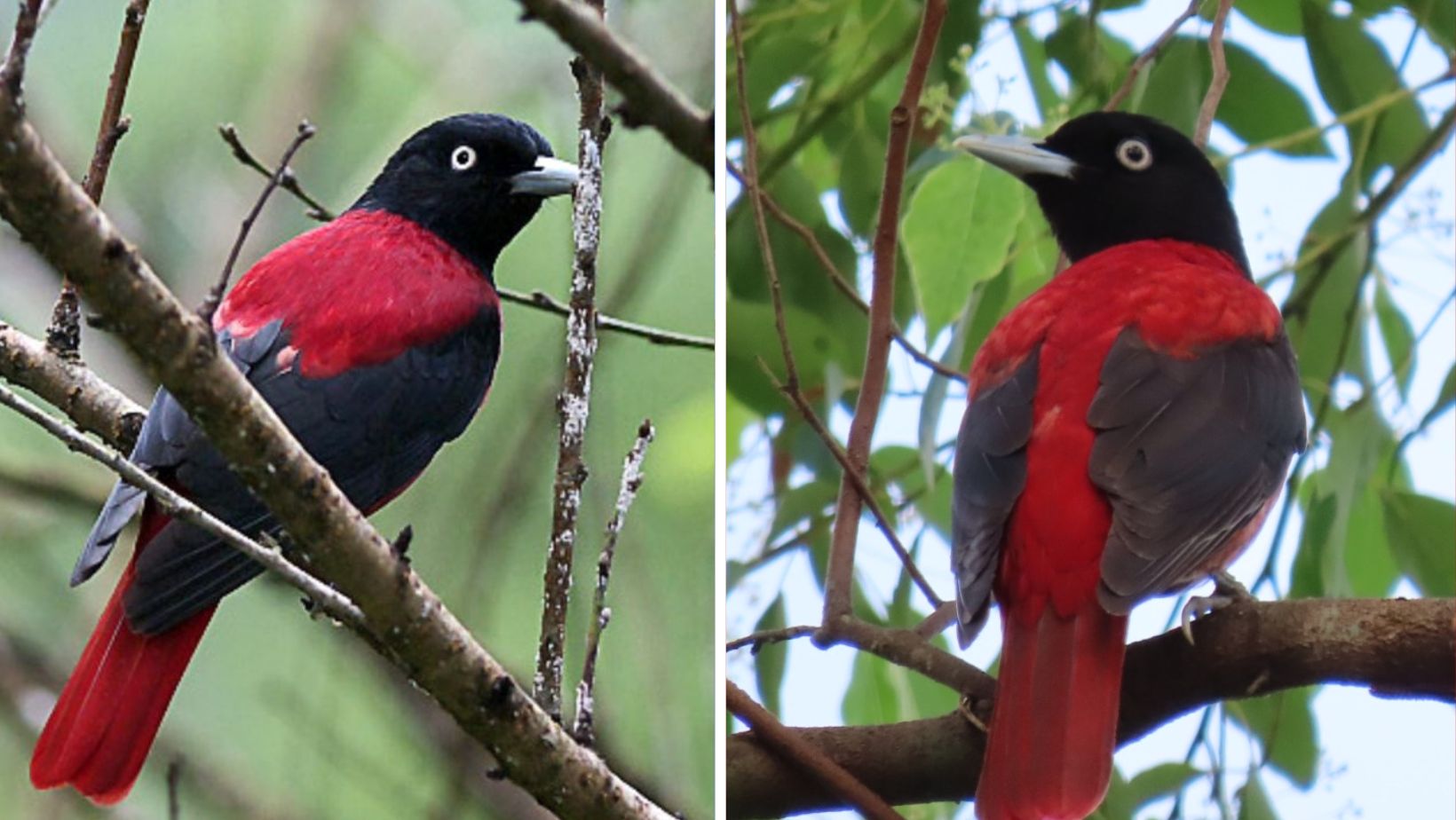
A large, pale-eyed songbird, lavishly decked out in a sumptuous suit of blood red and inky black.
Meet the Maroon Oriole
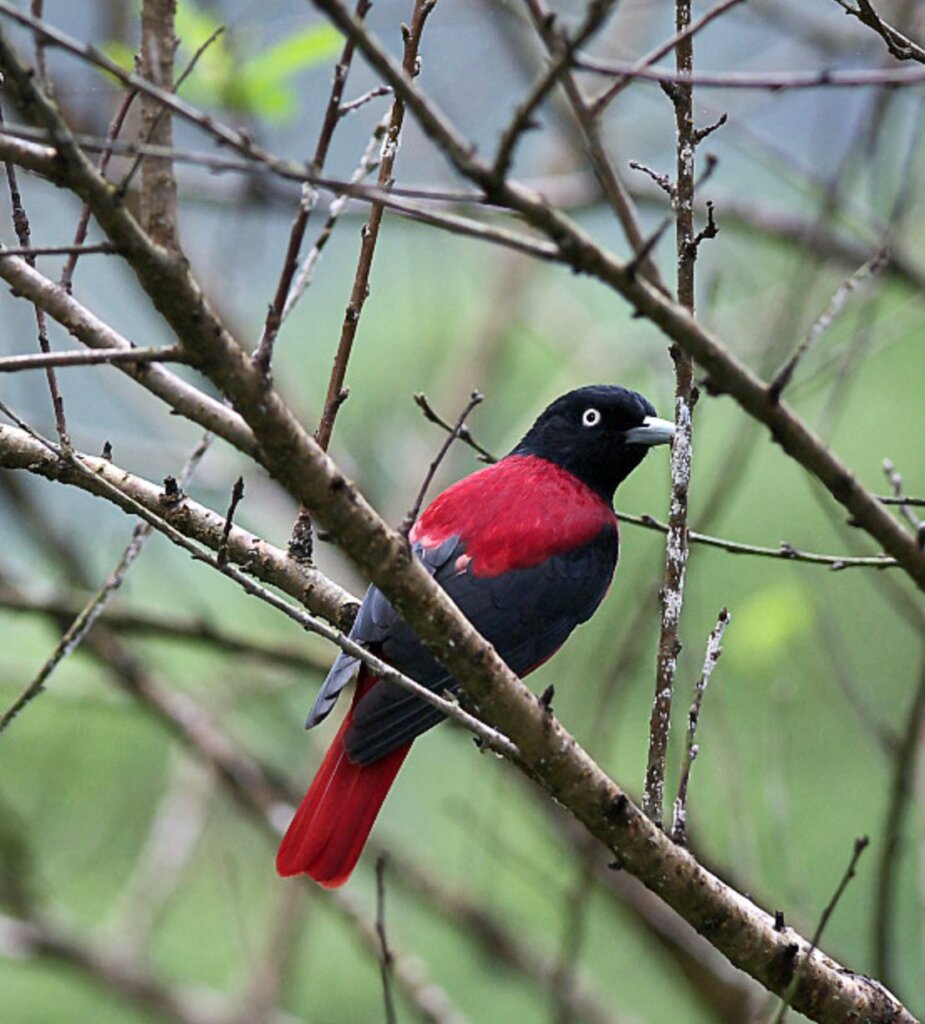 Photo courtesy of Alnus/CC BY-SA 3.0
Photo courtesy of Alnus/CC BY-SA 3.0
The maroon oriole (Oriolus traillii) belongs to the Oriolidae family and is a bird species found in Southeast Asia. This oriole displays maroon and black plumage, along with a black head, neck, and wings, complemented by a blueish beak. Adult males exhibit glossy crimson-maroon coloring with a chestnut-maroon tail.
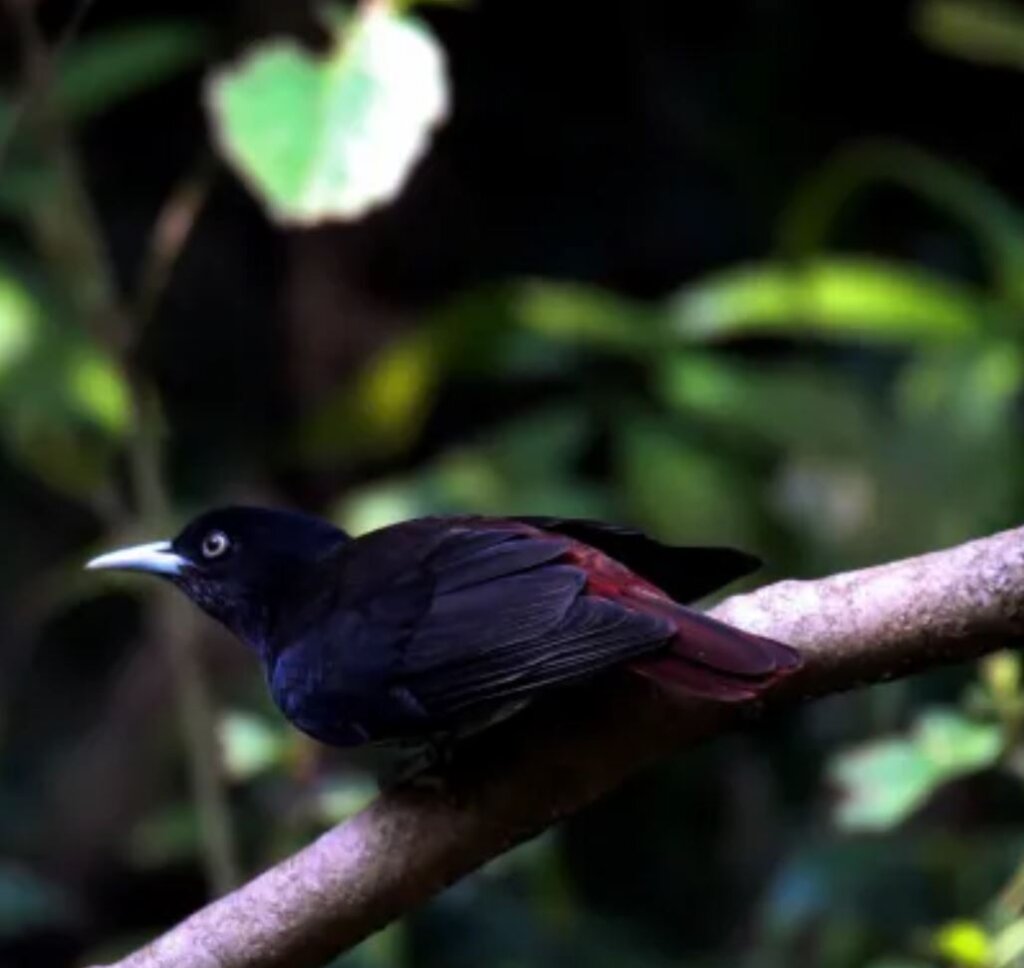 “Maroon oriole – Bird from Nepal by Krishna (107)” (cropped) by Krishna Prajapati is licensed under CC BY-SA 4.0.
“Maroon oriole – Bird from Nepal by Krishna (107)” (cropped) by Krishna Prajapati is licensed under CC BY-SA 4.0.
Females have slightly darker bodies, while juveniles have lighter bodies.
Variations in coloration exist across its range, with individuals in the Indian Subcontinent showcasing duller hues compared to those in Southeast Asia, which tend to have brighter colors and somewhat reddish tones.
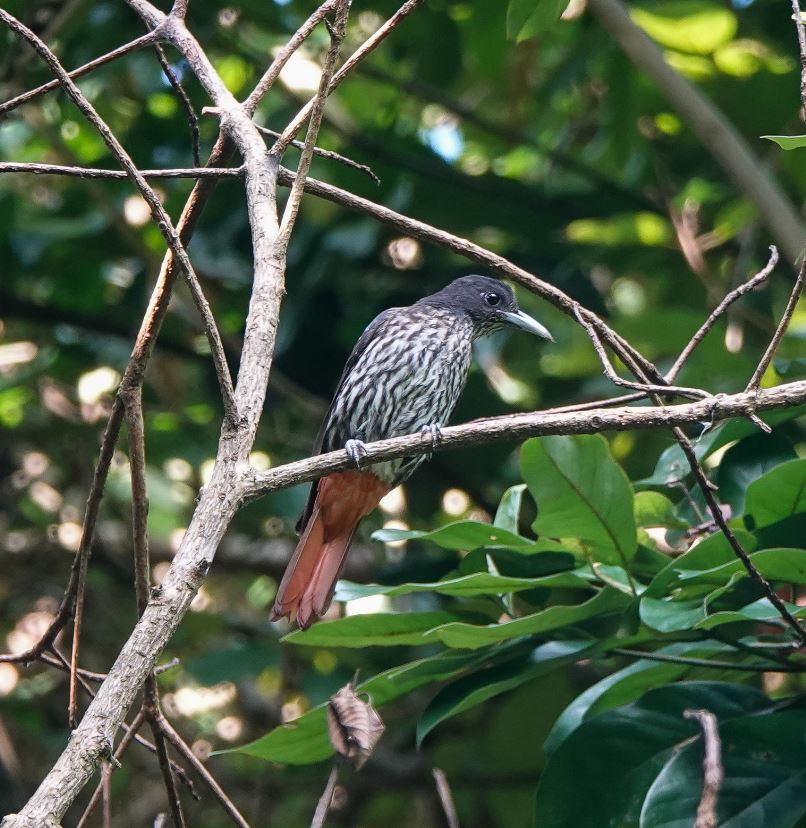 “maroon oriole” (cropped) by Rejoice Gassah is licensed under CC BY 4.0.
“maroon oriole” (cropped) by Rejoice Gassah is licensed under CC BY 4.0.
The maroon oriole is distributed across various countries in Asia, including China, Taiwan, India, Bangladesh, Bhutan, Cambodia, Laos, Myanmar, Nepal, Thailand, Tibet, and Vietnam. In India, it is found from Himachal Pradesh east to Arunachal Pradesh and the hills of Manipur.
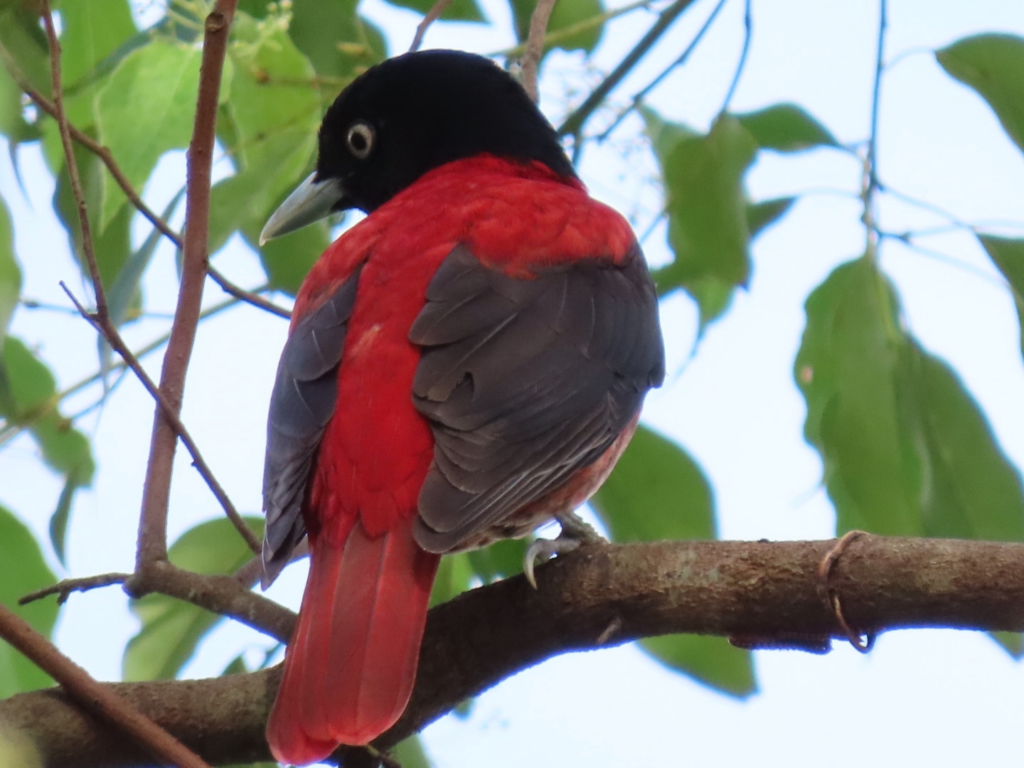 “maroon oriole” by 鐘岳笙 is licensed under CC BY 4.0.
“maroon oriole” by 鐘岳笙 is licensed under CC BY 4.0.
Its natural habitat primarily comprises subtropical or tropical moist lowland forests.
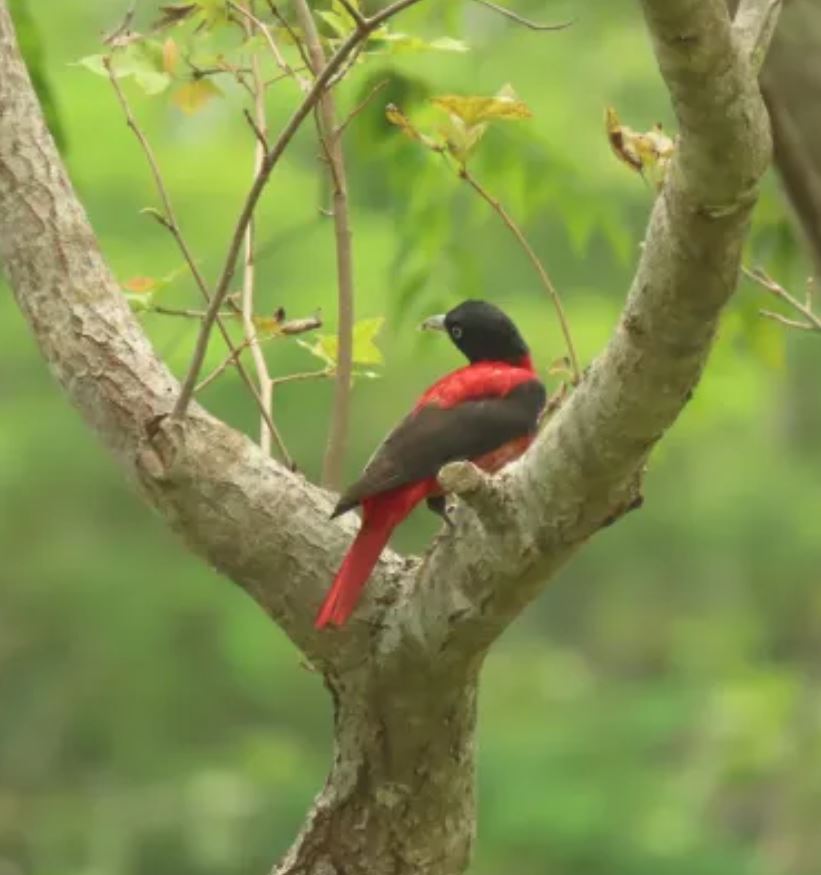 “maroon oriole” (cropped) by chiuluan is licensed under CC BY 4.0.
“maroon oriole” (cropped) by chiuluan is licensed under CC BY 4.0.
These orioles have an omnivorous diet, consuming wild figs, berries, insects, and nectar.
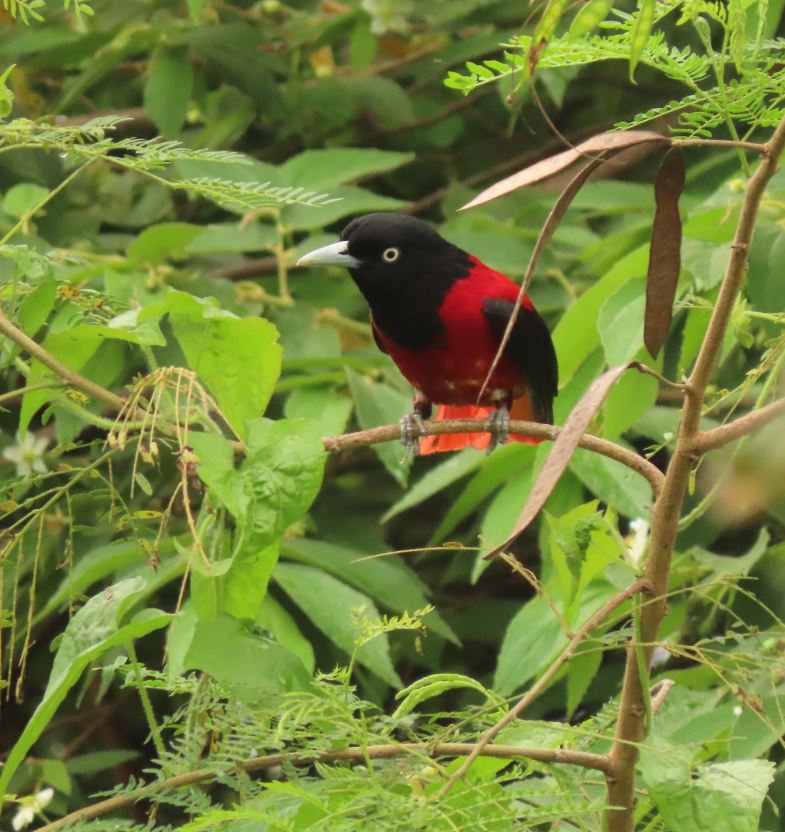 “maroon oriole” (cropped) by chiuluan is licensed under CC BY 4.0.
“maroon oriole” (cropped) by chiuluan is licensed under CC BY 4.0.
Maroon orioles can be observed alone or in pairs. Their nesting season typically occurs from April to May, during which they construct deep, massive cup-shaped nests made of bast fiber bound with cobwebs. Both male and female birds participate in sharing parental duties.
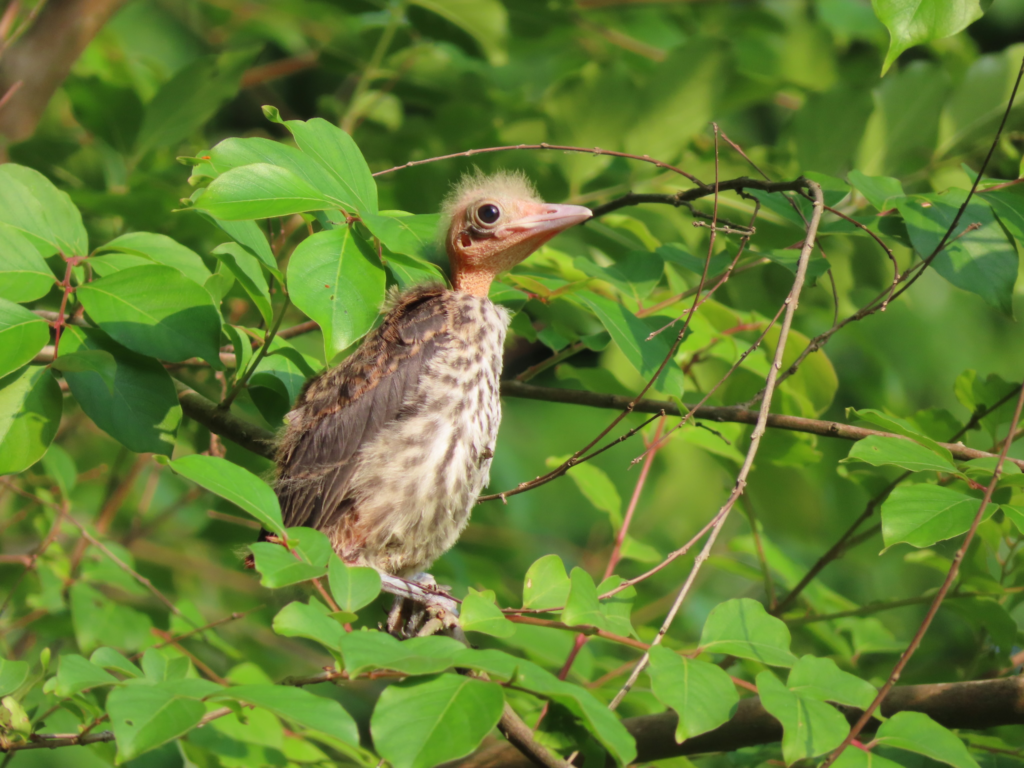 “maroon oriole” by 張家瑜 is licensed under CC BY 4.0.
“maroon oriole” by 張家瑜 is licensed under CC BY 4.0.
This bird is regarded as of Least Concern on the IUCN Red List.
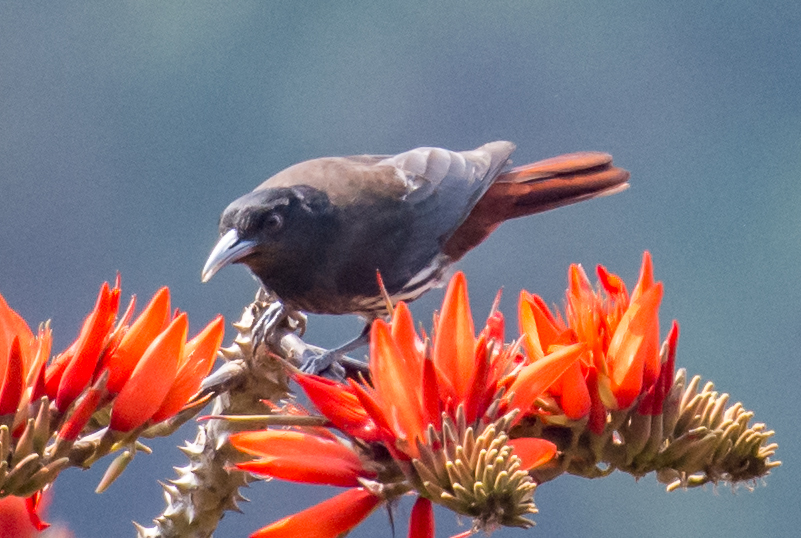 “maroon oriole” by William Stephens is licensed under CC BY 4.0.
“maroon oriole” by William Stephens is licensed under CC BY 4.0.
Watch this bird in action:
This article uses material from Wikipedia.org which is licensed under the GNU Free Documentation License via Copyright Wikipedia. Images on this page are the sole property of the photographers (unless marked as Public Domain). Please read the license and or contact the photographers directly before using them for any purpose. Thank you all.
A Buff-orange Belly Coupled With Metallic Blue And A Bandit-like Mask To Create A Bird Many Consider To Be Sacred!
Please SHARE this article with all your bird-loving friends and family.

